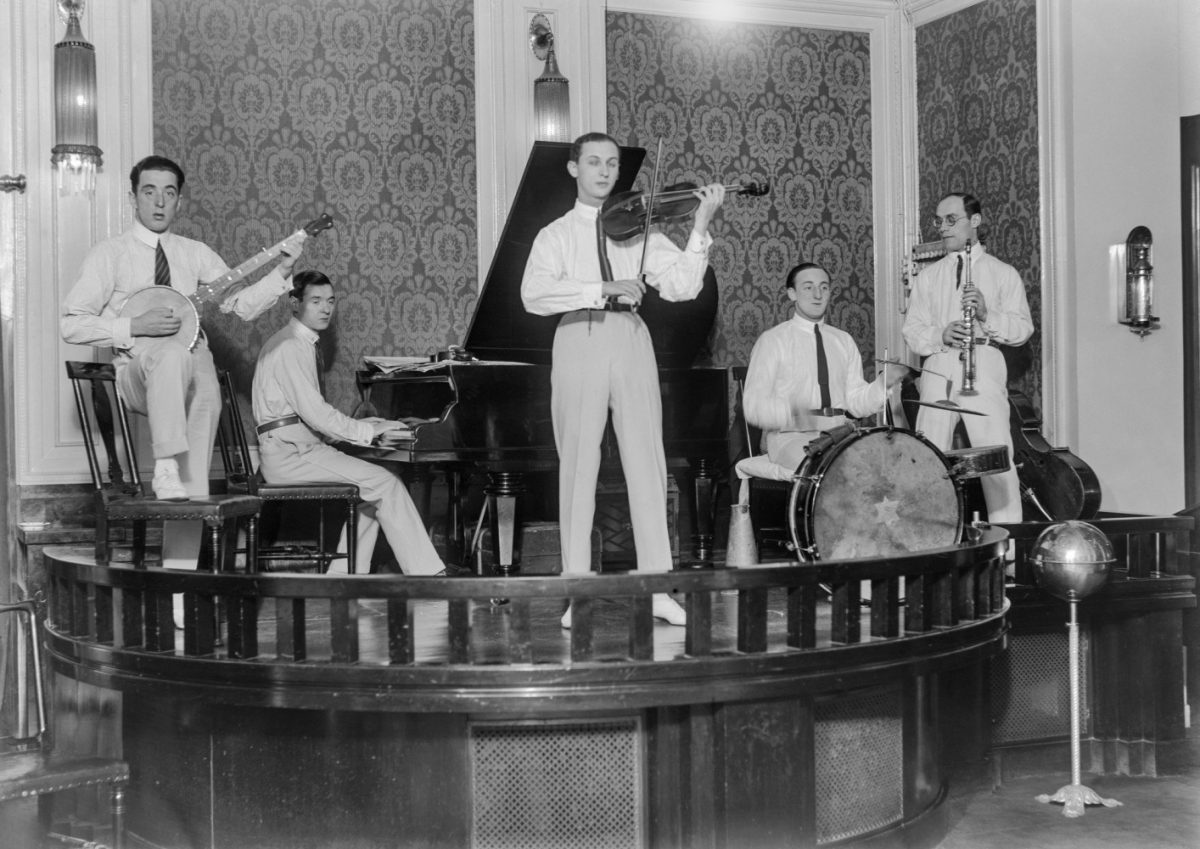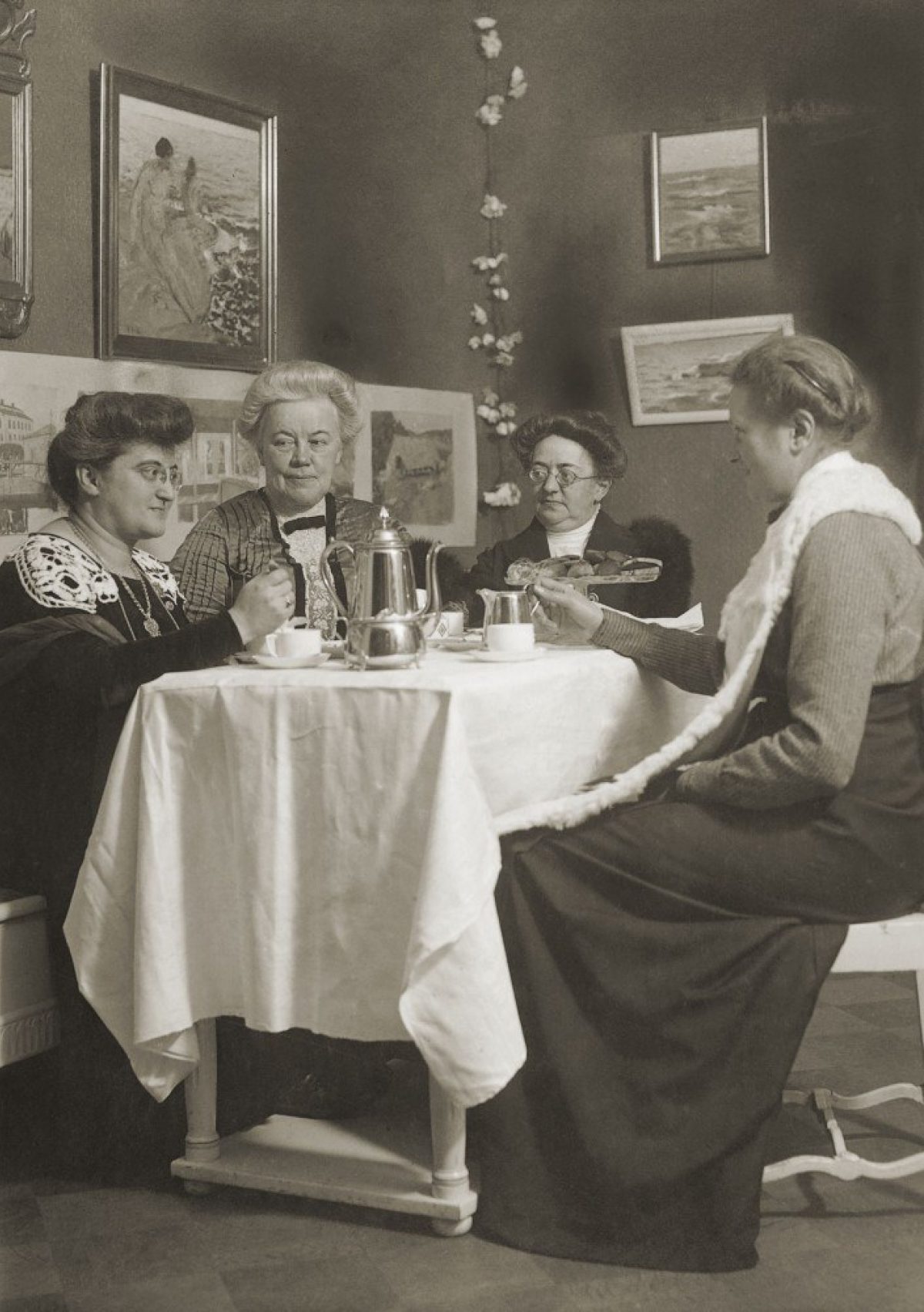
Early 20th century Helsinki in photographs
Artur Faltin used his camera to capture scenes of everyday life in factories, hospitals, construction sites, offices, shops and schools.
A collection of more than 2,000 glass plate negatives by Helsinki photographer Artur Faltin (1865–1930) provides a fascinating visual record of everyday life in early 20th century Helsinki. Born in the now-Russian city of Vyborg but brought up in Helsinki, Faltin was self-taught as a photographer. In 1905, he joined Helsinki’s amateur photographic society, the Amatörfotografklubben i Helsingfors. Before becoming a photographer, Faltin studied at university and worked in an office. It was only later in life that he turned his hand to photography. According to the Finnish Museum of Photography’s Kuka kuvasi database, Artur Faltin described himself as a photographer from 1905 until 1925.
Artur Faltin, by now aged 40, chose not to confine himself to a studio. He worked instead as a commissioned photographer, bringing his cameras to wherever his projects took him. Location visits were always included in the price of a shoot. Alongside family and birthday portraits and after-death photographs, Faltin also turned his camera to architecture, interiors, paintings, decorative and other items, occasional landscapes as well as graves and memorials. His clients included wealthy private individuals and businesses, and his work to him everywhere from factories and hospitals to construction sites, offices, shops and schools. The glass negatives that make up his collection offer wonderful insights into the workplaces of a century ago. His work also appeared in Finnish magazines, including the Veckans Krönika weekly, which commissioned Faltin to capture Helsinki architecture along with restaurant, shop and office interiors.
At the start of the century, technical advances and the arrival of more lightweight cameras led to the development of a new and more mobile style of photography. In line with the new ideals, Faltin sought to capture images that were vibrant, natural and true to life and revealed the emotions of his subjects. An excellent example of this is the photograph he took at the Kaartin Lasaretti military hospital in 1912. It shows a remarkably relaxed and convivial scene with a group of four ward-mates reading and making music together.
Still encased in their original paper sleeves and containers, Faltin’s glass negatives are well preserved. Meticulous by nature, Faltin has recorded image numbers, dates, client names and subjects’ identity as well as technical details on both the sleeves and containers. It is possible he used the technical information to support his own professional learning and development.
The Finnish Heritage Agency’s Picture Collections are responsible for cataloguing, conserving and digitising Artur Faltin’s glass negatives. They are available to view at http://museovirasto.finna.fi/.
Text: Veera Berner
Kamera 1/2023

Live music at the Fennia restaurant in Helsinki, 4 November 1922. Photograph: Artur Faltin / Finnish Heritage Agency's picture collections.

Coffee with friends: (from left) Rosika Schwimmer, Annie Furuhjelm, Lilly Krogius and Jenny af Forselles. Photograph: Artur Faltin / Finnish Heritage Agency's picture collections.